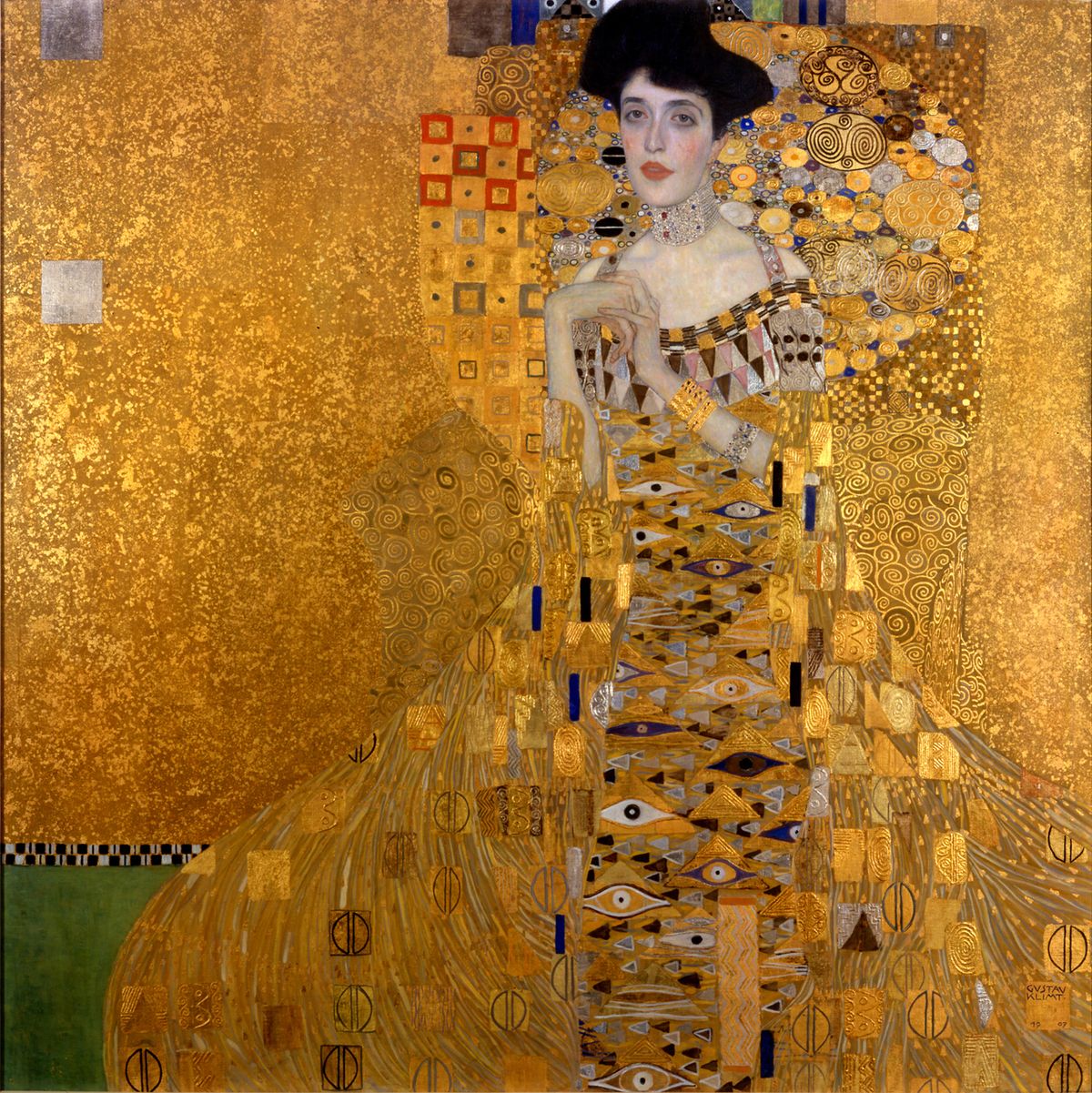There are many categories of looted art: one can think of today’s looting from conflict zones or illicitly exported antiquities, and historical cases such as Nazi-looted art and colonial takings. These categories differ considerably but commonalities exist. Firstly, the fragmented legal framework creates a lack of clear standards and neutral procedures; this hinders justice and causes legal insecurity for the art world. And secondly, the problem of traceability: due to a long-standing practice of trade in artefacts without documentation on their ownership history (provenance), looted artefacts are easily “laundered”, which complicates the distinction between a “good” or “bad” provenance. Because problems in this field are likely to increase, my suggestion is to create a cross-border co-ordinating body.
I was asked for this contribution on the occasion of the anniversary of the Washington Principles, so I will focus on Nazi-looted art. When I started in this field, these had just been agreed upon, and things appeared rather straightforward: it was about returning confiscated heirlooms, displayed on museum walls, to the families of victims of Nazi spoliation. At the time, what was meant by “fair and just” was quite clear, given the cases we dealt with. Twenty-five years later, things no longer look that simple.
On the one side, there are still countries and institutions that do not feel the need to address Nazi-looted art at all. On the other, standards on what constitutes “Nazi-looted art” or a “fair and just solution” have become increasingly blurred. Dispute resolution often seems to be more about politics and market forces than about justice.
On a positive note, considerable progress has also been made. Provenance research projects have been initiated, new databases have been established, and due diligence requirements for the trade and museums have been strengthened. Additionally, new regulations and treaties have been adopted that, even if these do not mention historical losses, will fundamentally alter the landscape because of their emphasis on provenance research.
However, this raises an important question: who will set the standards and what will happen with the claims? Finding “just” solutions for artefacts looted more than 80 years ago entails more than merely returning stolen objects to their “lawful owners”. Ownership law differs widely per country, with many variations on how title can be lost and transferred. In European (civil law) countries, title generally passed to new possessors, implying that while dispossessed owners may well be viewed as the rightful owners, they are mostly not considered the lawful owners. Thus, they will not be able to get a “just” solution in a court of law. This means that the extra-legal procedures, advocated in the system of the Washington Principles as more efficient than litigation, in reality is not an alternative, but the only way to have claims heard.
Complex? Yes. But solutions need to be found. If governments are serious in their commitment to the Washington Principles, and since looted art tends to cross borders, this calls for a cross-border approach. My main recommendations in my study for the European Parliament are firstly, to set up a knowledge centre for provenance research. Due to the increased focus on provenance research, a professional knowledge centre would enhance co-ordination. And secondly, to set up a central alternative dispute resolution mechanism.To find solutions for ownership claims through mediation, binding advice or arbitration, this would best be done by the setting up of a European agency as a cross-border platform with co-ordinating tasks, or embedding it within an existing agency with similar tasks.
One of these tasks would thus be to set up a neutral and transparent claims procedure to which parties can turn for advice in all those cases where they do not have access to a governmental panel. Additionally, it could act as an appeals procedure for the national panels. A simple format could involve parties selecting neutral arbiters from a pool, who would then select a neutral chair—the standard model for alternative dispute resolution used in many areas. The procedure could be made semi-mandatory through general conditions for the trade or museum world, ensuring that in the event of a dispute, recourse will be taken to this procedure. Similarly, the results of the procedure could be made binding based on an agreement and a standing open offer from the side of the organisation.
These cases are not merely about stolen property and ownership law, but about symbols of a lost family history or cultural identity and, thus, a matter of human rights where the EU has room to act.
• This is an abridged version of a study commissioned by the European parliament
• Evelien Campfens is a lawyer and lecturer in cultural heritage law at the University of Amsterdam


